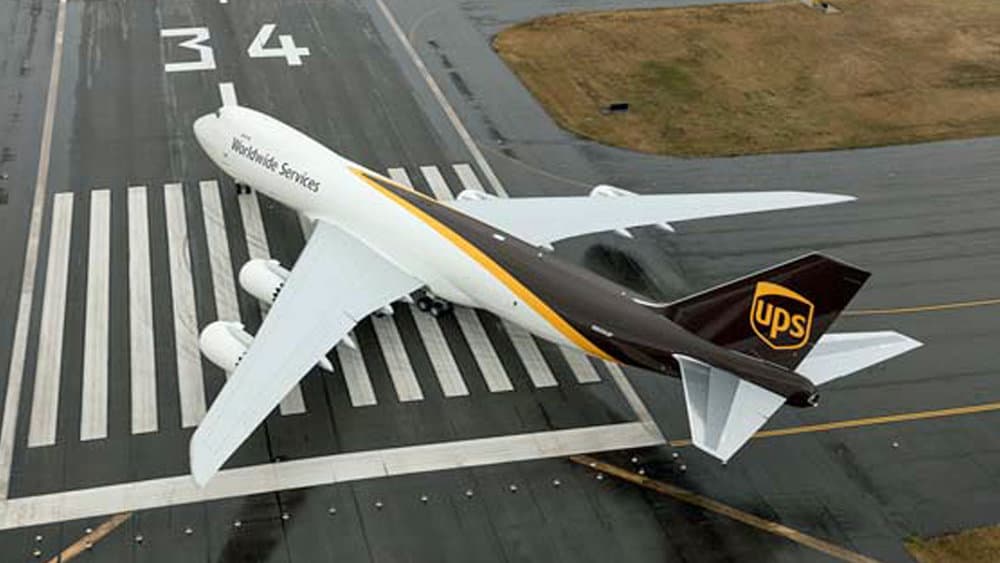
UPS Inc. (NYSE:UPS) Thursday morning reported first quarter results that were lower-than-expected on the bottom line but generally aligned with consensus for its revenue numbers.
The Atlanta-based company reported revenue of $17.2 billion, up slightly from $17.1 billion in the first quarter of 2018. Net income was $1.1 billion, compared with $1.34 billion in the year-earlier period. Adjusted earnings per share (EPS) were $1.39 a share, which was down from the $1.41 per share guidance from the company during an early March investor conference. At that time, UPS had guided down EPS from an initial estimate of $1.45 a share. The first quarter results included one less operating day and the impact of the Easter holiday falling in mid-April, the company said.

The U.S. domestic package segment posted a 2.5 percent year-over-year revenue increase at $10.5 billion, with adjusted operating profit down by $62 million. The company said that bad winter weather led to an $80 million profit drag in the quarter.
International revenue dropped slightly to $3.46 billion, with adjusted operating profits up $22 million to $612 million. The supply chain and freight division, which encompasses the company’s non-package operations, was the quarter’s best story, with adjusted operating profit up $41 million to $211 million. UPS Freight, the company’s less-than-truckload (LTL) unit, reported a 5.4 percent increase in revenue for each 100 pounds shipped. The metric, known as “revenue per hundredweight,” offers a window into profitability of each pound shipped on the UPS Freight segment.
The company reported $123 million in total charges in the quarter for its so-called transformation initiatives – a multi-year, multi-billion program to dramatically improve the speed and efficiency of package and freight throughput. A key part of the strategy involves the development of massive, highly automated superhubs to boost throughput by about 35 percent. UPS moves about 20 million parcels and documents per day worldwide.
About 30 percent of new capacity supporting the program will open during the current quarter, which the company said will weigh on second quarter results. By contrast, no facilities were opened in 2018’s second quarter.
Analysts’ initial comments were lukewarm to negative. The equity markets’ early view was decidedly negative. Shares were trading down about $10 a share around 11 AM ET on Thursday.
Benjamin J. Hartford, analyst for Baird, said per share earnings were slightly below consensus but in-line with his estimates. Hartford applauded the performance of the supply chain & freight unit, and said international results were unusually impressive given macroeconomic weakness, especially in Europe. However, Hartford added that UPS remains a “show-me” story, especially as its domestic results have shown “little tangible progress” to date under the transformation initiatives.
Amit Mehrotra, transport analyst for Deutsche Bank, said in a note that the “key question for us is what is UPS’ ability to forecast its own earnings (and, in turn, capex requirements),” given subpar first quarter results and lowered second quarter guidance. Mehrotra acknowledged, though, that UPS’ domestic results would have been in line with his estimates had it not been for the $80 million weather-related hit.











